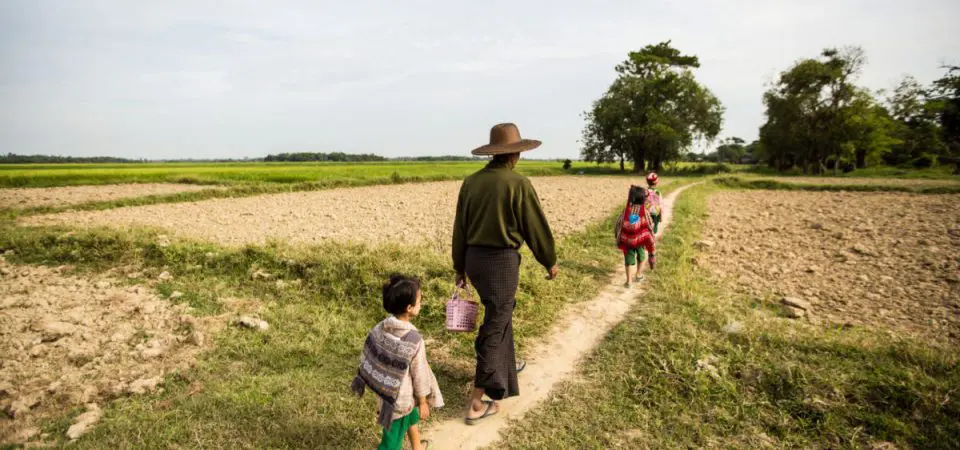KUALA LUMPUR, Nov 25 — Member states of the Association of Southeast Asian Nations (Asean) should take the opportunity to start developing a more inclusive regional architecture for labour migration within Asean.
Senior programme manager (Decent Work and Labour Mobility) at the United Nations Office for Project Services (UNOPS), Benjamin Harkins said this in particular, one that supports safe migration for women and men migrants, enables them to find employment in conditions of decent work.
He said although Covid-19 has undeniably had a dramatic impact on labour migration within Asean, it is not likely to change the structural factors that drive mobility.
Harkins said with aging populations, labour shortages in key destination countries, unemployment and low wages in many countries of origin, regional disparities and development will largely remain.
“Efforts to nationalise the workforce, and labour intensive industries in some Asean countries have so far failed to fill that gap.
“It is hard to foresee that these factors are changing in the short to medium term, instead what we see is increases in irregular migration and greater vulnerability to exploitation, if borders remain tightly shut for a prolonged period of time,” he said in a webinar session.
The webinar was organised by the Institute for Democracy and Economic Affairs (Ideas) titled ‘Closing borders: What’s the future of Asean migration’ today.
According to the UN Department of Economic and Social Affairs, Harkins said the number of migrants from Southeast Asia heading to other countries within the region has actually increased fivefold during the last two and a half decades, and it has now reached around seven million, with women migrant workers make up almost half of the number.
“We know that they are likely undercounted due to the higher level of informality of their work, and that official data also does not capture the millions more migrants who are employed without regular legal status in the region,” he said.
He said strict lockdown measures due to Covid-19 in the region’s main destination countries of Malaysia, Thailand and Singapore has led to a massive loss of income and employment for migrants, particularly because they tend to be the first to lose their jobs.
For those who remain in destination countries, he said the migrants were generally excluded from Covid-19 stimulus packages and policy responses, and that includes things like wage subsidy unemployment benefits, and other health and social protection measures.
In Malaysia, he said migrants and asylum seekers were subjected to a severe crackdown on irregular legal status in May with immigration raids and arrests, leading to a surge of infections within immigration detention centres.
While in Thailand, border closures in March triggered a chaotic exodus of migrants from Myanmar, Cambodia and Laos, largely without social distancing measures or quarantine protocols in place to prevent infection.
He said in Singapore, containment measures largely missed the migrant worker population entirely, as they were simply not considered in plans for the city’s residents.
“There have also been serious knock on economic impacts on millions of migrant households in countries of origin in Southeast Asia, who are heavily dependent on remittance.
“I worked on an analysis with the United Nations Capital Development Fund (UNCDF) where we calculated that the decline in remittances in Myanmar alone, could be as much as US$2 billion (RM8.18billion) this year. And that’s going to hit 2.1 million direct recipients particularly hard.
“For Asean as a whole, the World Bank is currently projecting about a nine per cent decline in remittance inflows for 2020,” he said.
Harkins said those remittances serve to diversify and smooth household incomes, and are particularly critical to strengthening the financial resilience of women, rural populations, and ethnic minorities within Asean.
He suggested that expanding regional agreements for low and semi-skilled work would help fill a labour market needs and expand the channels available for women and men to migrate legally, and with the benefit of full protection under labour and social protection laws.
“It is my hope that Covid-19 will help Asean governments recognise the critical role that migrant workers play in their economies and societies, and take concrete action to ensure safe and rewarding migration experiences for all migrant workers,” he added.
— Bernama





